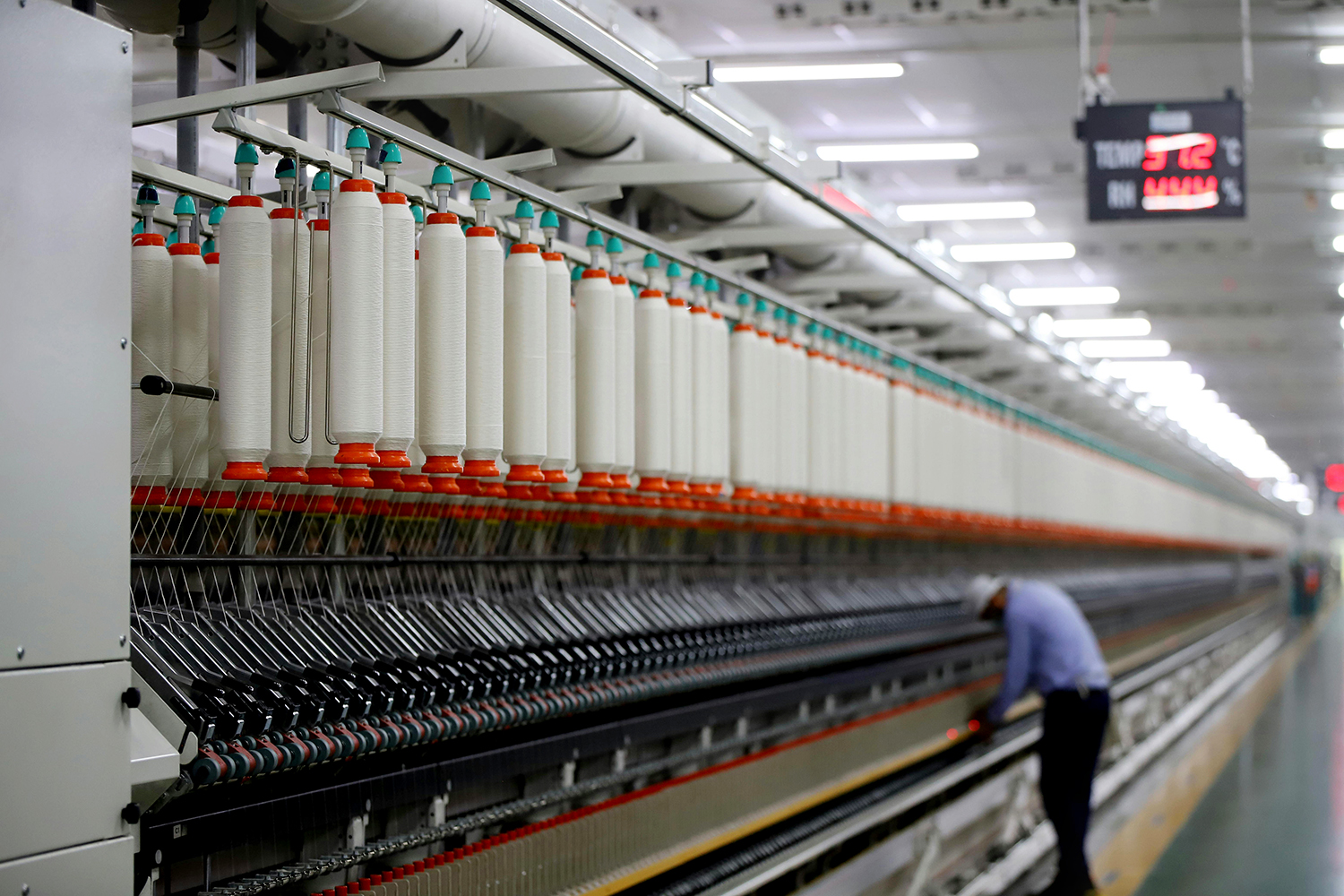Navigating Uncertainty: Supply Chain Risk Management for Apparel Manufacturers

Navigating Uncertainty: Supply Chain Risk Management for Apparel Manufacturers
The global apparel market, especially within premium and streetwear segments, faces ongoing supply chain disruptions: geopolitical volatility, material shortages, and logistics crises have become the norm. For established brands, this isn’t just about absorbing shocks—it’s about strategic risk management across every production phase. Chinese clothing manufacturers with resilient operations and a deep-rooted quality mindset have become key partners for global streetwear brands seeking consistency and agility.
In this in-depth guide, we explore common risks threatening the stability of modern apparel supply chains, share industry-proven strategies for building resilient manufacturing partnerships, and demonstrate how proactive risk mitigation—from supplier diversification to real-time quality control—safeguards growth for brands aiming for excellence.
What are the key risks in today’s global apparel supply chain?
Apparel supply chains span continents, intertwining sourcing, manufacturing, and global logistics. This complexity exposes streetwear brands to multiple risks—from macro-level disruptions (like trade wars and tariffs) to micro-level issues (material inconsistency or shipping delays). Notably, for brands working with Chinese clothing manufacturers, understanding the interplay of local and global risks is essential for strategic planning.
Geopolitical, Economic, and Policy Shocks
Global apparel markets are deeply influenced by international trade policies, regional instability, and currency fluctuations. For example, sudden tariff changes or port closures can dramatically disrupt delivery schedules and costs. That's why established brands often choose manufacturers in China with proven track records—because a strong local network and robust contingency plans can help buffer external volatility.
If you want to understand how top Chinese factories set up quality systems that protect global streetwear brands from such macro risks, see our industry report on the importance of quality control in China's premium streetwear manufacturing. That article dives deep into practical frameworks for mitigating upstream and downstream risk through operational discipline and transparent QC.
Material, Sourcing, and Supplier Risks
A single delay or quality problem in fabric sourcing can paralyze an entire season’s launch. Over-reliance on any one supplier, especially for high-demand trims or specialty fabrics, increases vulnerability. Leading custom streetwear manufacturers like Groovecolor have built multi-tiered sourcing channels—plus AI-driven defect detection—to ensure that only premium, batch-consistent materials are used for mass production. Want to see how the best brands are upgrading their sourcing and partner selection processes? Read our analysis of how top clothing brands select and upgrade their supply chains in 2025. That piece offers actionable steps for future-proofing supply chains by leveraging flexible, data-driven Chinese suppliers.
Production Consistency and Quality Drift
One of the most common pain points in mass production is the gap between sample quality and bulk consistency. This often stems from inadequate QC at scale, rapid staff turnover, or outdated production lines. At Groovecolor, for instance, our 8-step QC—from raw material inspection to final shipment—is specifically designed to ensure that every production run matches the technical spec and brand vision, batch after batch. If your brand's reputation relies on near-zero deviation, working with a manufacturer recognized for its proactive, process-based approach (not just “final inspection”) is non-negotiable.
Logistics and Transportation Bottlenecks
Delays at ports, container shortages, or sudden changes in freight policy can add weeks to delivery times and strain brand-customer relationships. Advanced manufacturers in China who maintain robust shipping partnerships and can quickly switch logistics modes provide brands with a crucial edge in today’s uncertain climate.
Compliance, Ethics & Market Volatility
Global brands must now document every layer of their supply chain for social responsibility and environmental compliance. Working with a partner whose quality management systems and transparency have been recognized by international clients can prevent future legal and reputational risks.
How do leading manufacturers build resilient, agile supply chains?
To thrive amid volatility, forward-thinking streetwear brands require more than “backup plans”—they need true resilience built into the DNA of their manufacturing relationships. The most successful companies we studied invest in:
- › Supplier diversification: Spreading sourcing risk across multiple certified suppliers, with backup plans in place for every critical material.
- › Strategic MOQ flexibility: Groovecolor’s 50–100pcs/color MOQ allows established brands to test new concepts with minimal risk and scale rapidly once designs prove successful. For a detailed case study on how flexible production empowers premium streetwear brands to respond faster, see our supply chain upgrade guide: How top brands are upgrading their supply chains.
- › Digital, AI-driven QC & Real-time Tracking: The use of digital sampling, automated cutting, and AI-powered defect detection allows proactive risk management, not just after-the-fact corrections.
- › Collaborative transparency: Data sharing and open communication between brands and their manufacturing partners, including honest forecasting and shared problem-solving.
What strategies actually mitigate disruption and protect business continuity?
Effective risk management goes beyond identifying threats; it’s about building continuity and rapid response. Premium streetwear brands demand partners who can scale on short notice, handle urgent reorders, and offer redundant production options. This is where Groovecolor’s combination of mass production scale (300,000pcs/month), advanced technology, and strategic partnerships delivers tangible peace of mind.
For example, robust business continuity planning involves mapping out alternate production lines, securing backup materials in advance, and running scenario drills. When quality issues arise, only a manufacturer with established, cross-trained teams and clear escalation protocols (see why China's top luxury clothing manufacturers lead in QC) can guarantee rapid containment and zero reputational damage.
FAQ: Supply Chain Risk Management for Apparel Manufacturers
Conclusion
Mastering supply chain risk management isn’t a one-off project, but a discipline that requires forward planning, data-driven agility, and culturally-aligned manufacturing partners. In a world of growing unpredictability, the ability to anticipate, adapt, and respond to change—powered by true partnership and operational excellence—is the only path to sustainable streetwear success.
For a complete breakdown of how global streetwear leaders select the right Chinese supply chain partners, and how they de-risk every stage from sample to shelf, see our resource hub: How Top Clothing Brands Are Upgrading Their Supply Chains.







